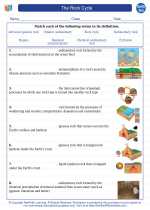Earthquake
An earthquake is the shaking of the surface of the Earth resulting from a sudden release of energy in the Earth's lithosphere that creates seismic waves.
Causes of Earthquakes
Earthquakes are caused by the movement of tectonic plates along faults. The release of accumulated stress along these faults results in seismic waves.
Types of Seismic Waves
There are three main types of seismic waves: P-waves (primary waves), S-waves (secondary waves), and surface waves. P-waves are the fastest and can travel through solids, liquids, and gases. S-waves are slower and can only travel through solids. Surface waves are the slowest and cause the most damage.
Measuring Earthquakes
Earthquakes are measured using instruments called seismographs. The magnitude of an earthquake is determined using the Richter scale, while the intensity of shaking is measured using the Modified Mercalli scale.
Effects of Earthquakes
Earthquakes can cause ground shaking, tsunamis, landslides, and structural damage to buildings and infrastructure. They can also lead to loss of life and economic devastation.
Earthquake Preparedness
It is important to be prepared for earthquakes by having an emergency kit, making a family communication plan, securing heavy items that could fall during shaking, and knowing evacuation routes.
Study Tips
- Understand the causes of earthquakes, including tectonic plate movement and faults.
- Learn about the different types of seismic waves and their properties.
- Be familiar with the measurement of earthquakes using the Richter scale and Modified Mercalli scale.
- Explore the effects of earthquakes on the environment, infrastructure, and human populations.
- Review earthquake preparedness measures and the importance of being ready for an earthquake.
[Earthquake] Related Worksheets and Study Guides:
.◂Earth Science Worksheets and Study Guides High School. The Rock Cycle
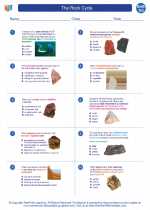
 Worksheet/Answer key
Worksheet/Answer key
 Worksheet/Answer key
Worksheet/Answer key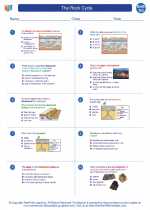
 Worksheet/Answer key
Worksheet/Answer key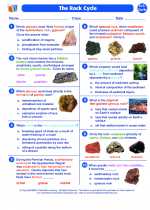
 Vocabulary/Answer key
Vocabulary/Answer key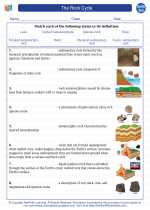
 Vocabulary/Answer key
Vocabulary/Answer key
 Vocabulary/Answer key
Vocabulary/Answer key